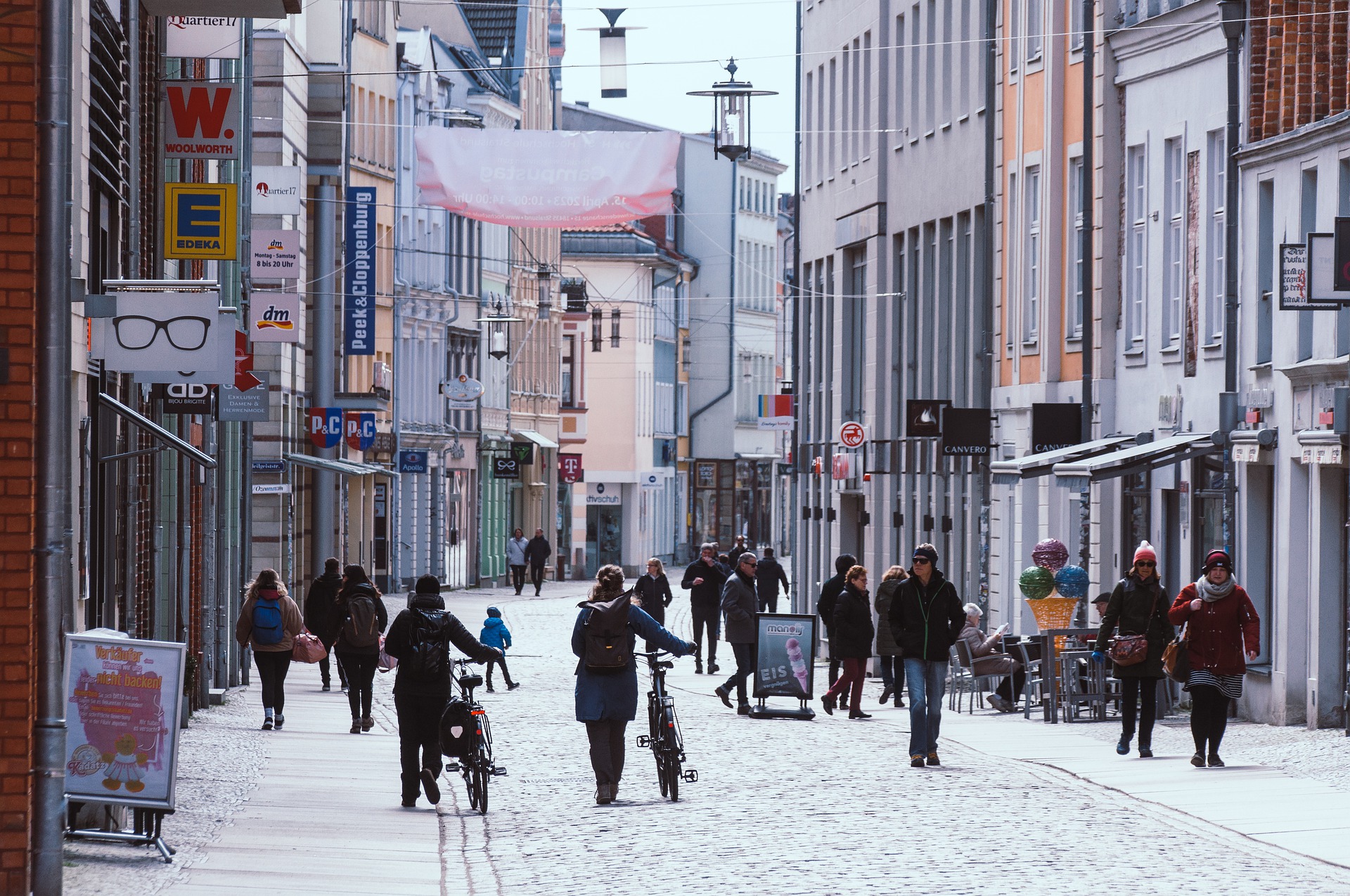Towards Sustainability: The Advantages and Challenges of Biomimicry in Business and Industry
The concept of biomimicry, which draws insights from nature to inform business and industrial practices, has been around for several years. However, it has recently gained prominence as a novel approach towards sustainable development. This article delves into the history, current trends, and implications of biomimicry in business and industry.

A Historical Overview of Biomimicry
Biomimicry emerged in the late 20th century and was popularized by biologist and writer Janine Benyus in her book “Biomimicry: Innovation Inspired by Nature.” The concept hinges on the idea that nature, with 3.8 billion years of evolution, has already solved many of the problems that businesses and industries face today. By observing and mimicking natural processes and systems, we can develop more sustainable and efficient solutions.
Current Trends in Biomimicry
Today, biomimicry is influencing a range of sectors, from architecture and product design to energy production and waste management. Companies are harnessing the power of nature to create innovative products and processes that reduce environmental impact and boost bottom lines. For example, some businesses are designing buildings that mimic termite mounds to achieve natural cooling, while others are developing coatings inspired by lotus leaves to create self-cleaning surfaces.
The Impact of Biomimicry on Business and Industry
Biomimicry offers several benefits. It promotes sustainability by encouraging the use of renewable materials and energy sources, reducing waste, and minimizing environmental harm. It also fosters innovation by providing fresh perspectives and inspiring creative solutions.
However, implementing biomimicry also presents challenges. These include the need for interdisciplinary collaboration, the difficulty of translating biological concepts into industrial applications, and the potential for unintended negative side effects.
Biomimicry in Practice
Despite these challenges, many companies are successfully applying biomimicry. For example, Velcro was inspired by the way burdock burrs stick to fur and clothing. The Shinkansen Bullet Train in Japan was designed based on the kingfisher’s beak to reduce noise and increase speed. These examples demonstrate the potential of biomimicry to drive business success and environmental sustainability.
Enhancing Sustainability through Biomimicry: Key Insights
- Look to nature for inspiration: Nature has already solved many problems that businesses face today. By observing natural systems and processes, companies can come up with innovative solutions.
- Foster interdisciplinary collaboration: Successful implementation of biomimicry requires collaboration between biologists, engineers, designers, and business leaders.
- Consider potential side effects: While biomimicry can offer numerous benefits, it’s crucial to consider potential unintended consequences and strive to mitigate any negative impacts.
In conclusion, biomimicry offers an exciting opportunity for businesses and industries to foster innovation, improve efficiency, and promote sustainability. Despite the challenges associated with its implementation, its successful application in various sectors demonstrates its potential. As we move towards a more sustainable future, biomimicry is sure to play an increasingly prominent role.






